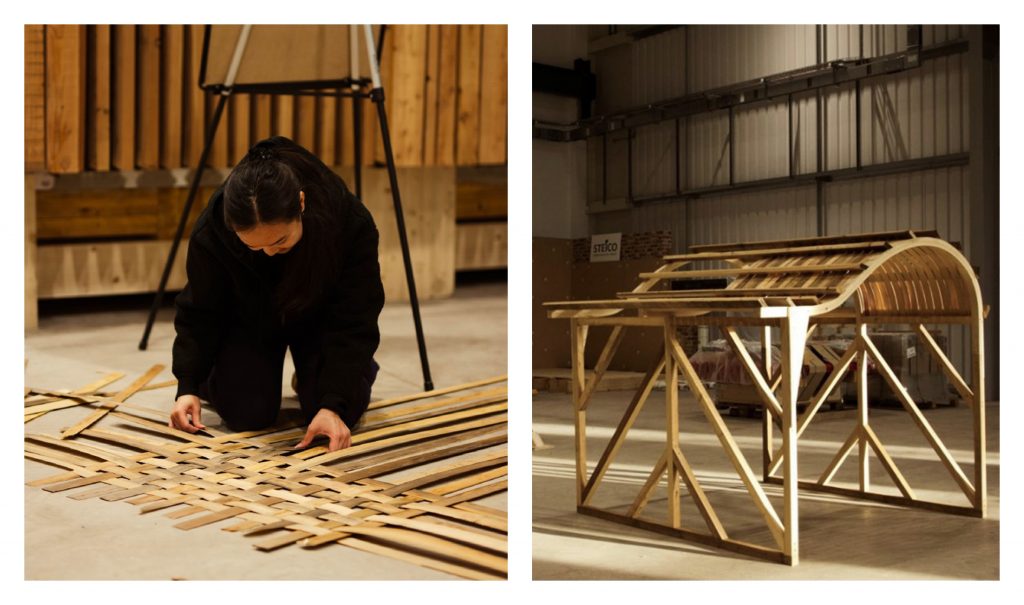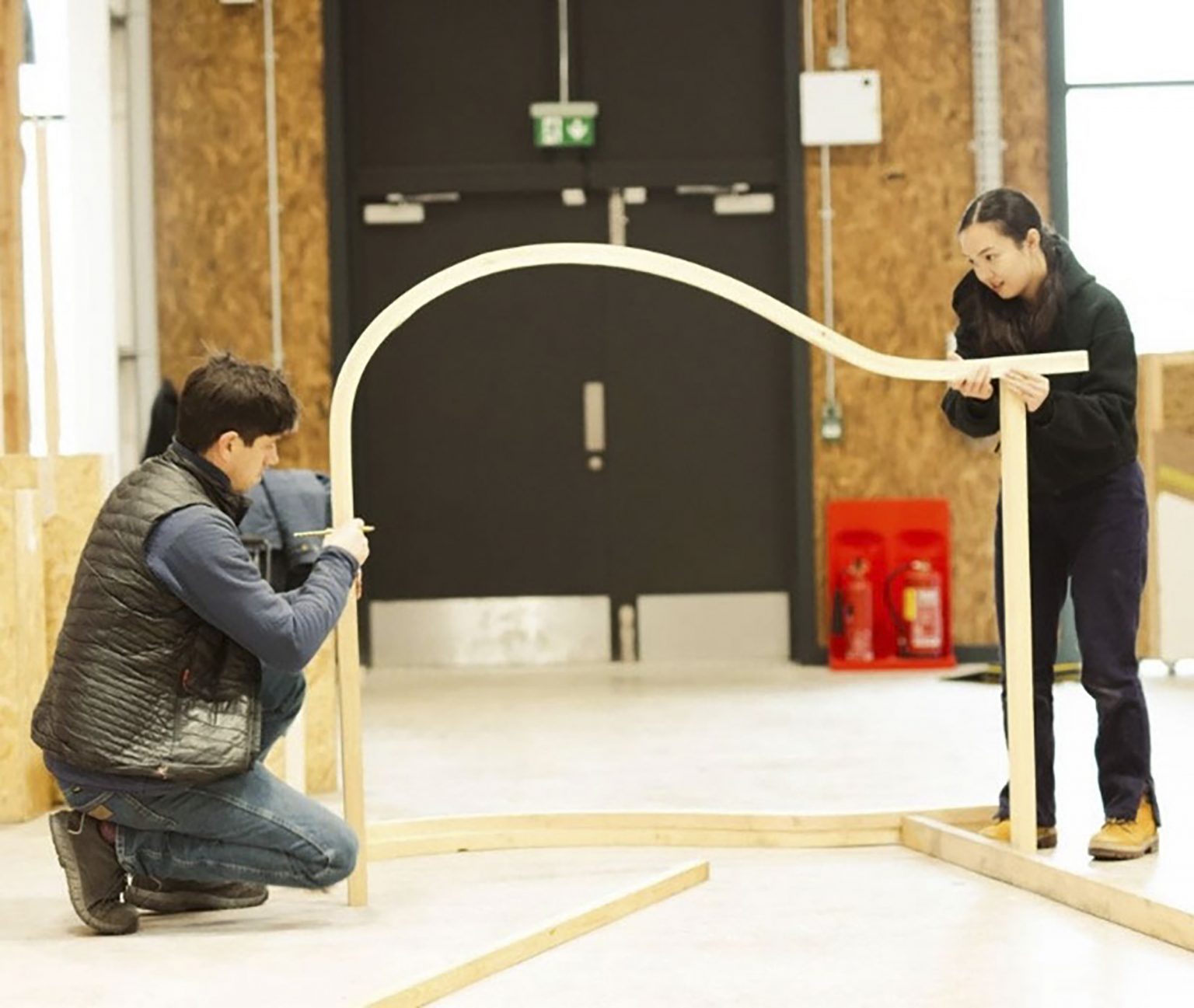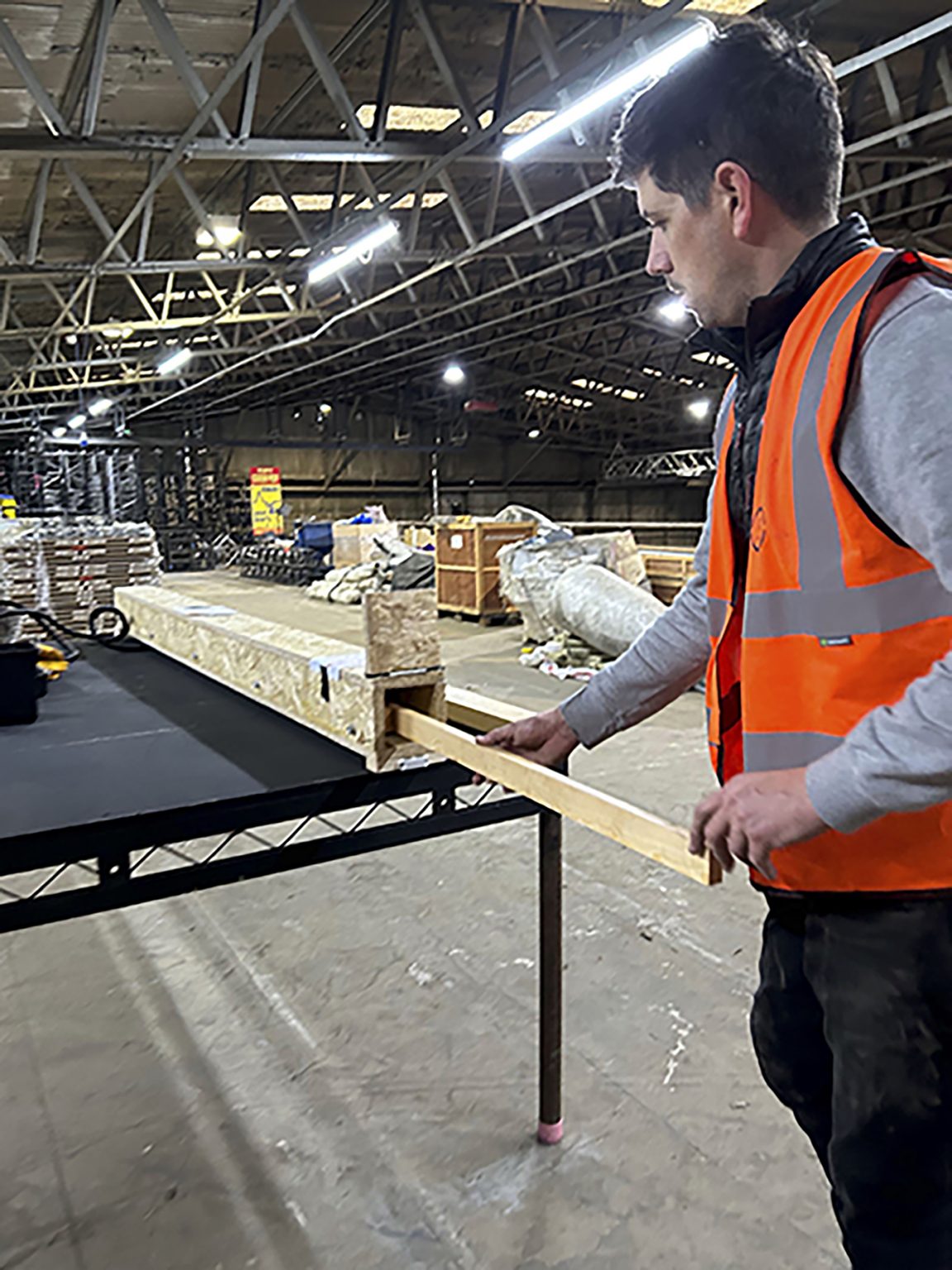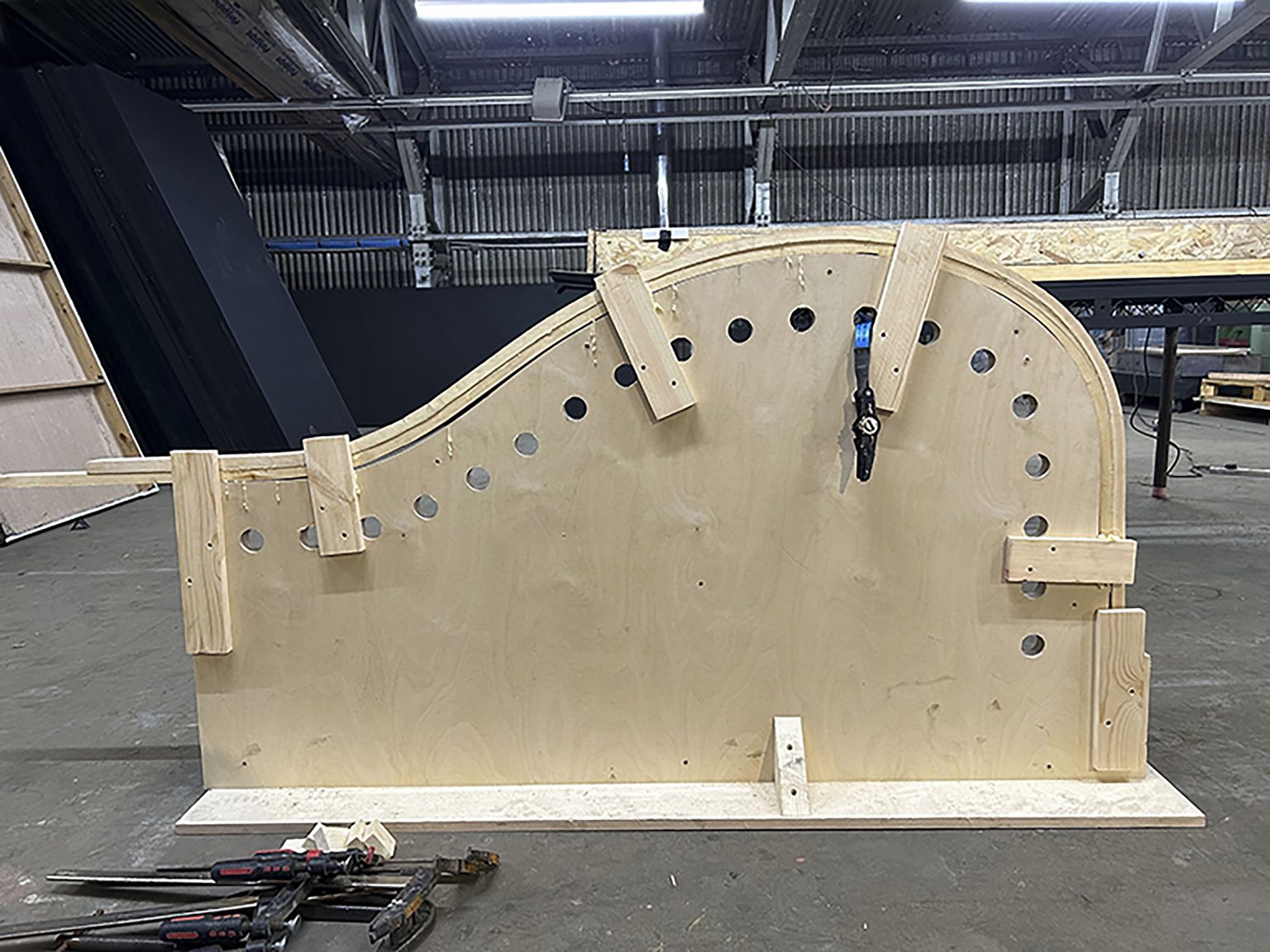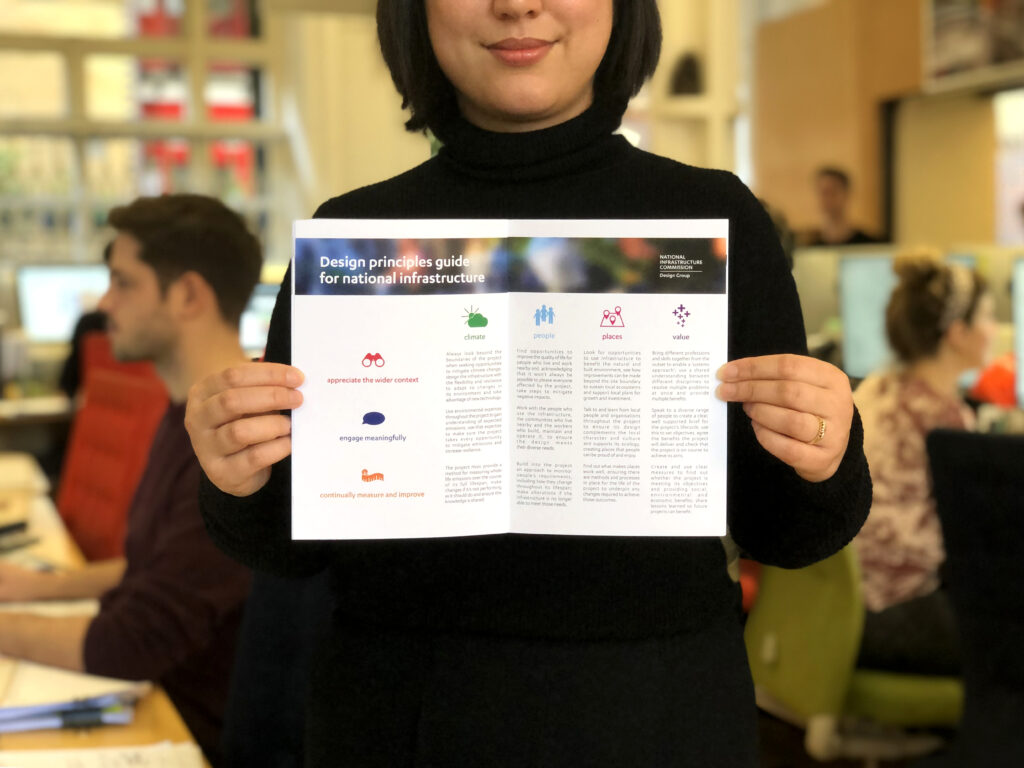It is great to have the opportunity to take part in this training course as I am at a stage where I want to take on extra responsibility in my project work. For my own development I was looking to undertake hands-on extra-curricular training.
With it’s focus on timber, this course has an excellent relationship to the work we aspire to at dRMM. I’m glad our studio is participating in this opportunity as, although we are known for our high-profile timber projects, there is always scope to push further for wide-scale adoption of timber as the most sustainable of construction materials. Often, for reasons that are not always within our control, we have to make compromises on the materiality of our projects. Despite these constraints, we work hard to select a palette of appropriate, low-carbon materials. We always seek to use more timber as it is the most sustainable material available to us. This has allowed me to develop and an enhanced understanding of the applications of timber, which in turn enables me/dRMM to make the case for using timber and timber products in our buildings.
